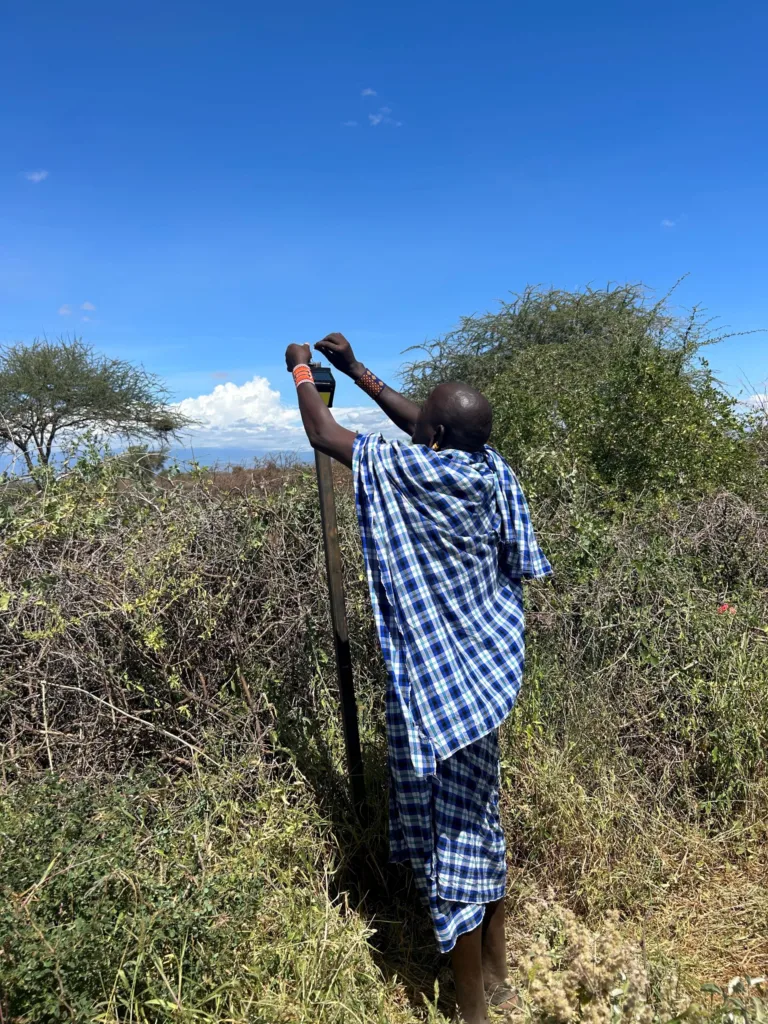Wild Cats in Serengeti
In the week before Easter, the “classroom” of the Wildlife Management Studies program was shifted to the Serengeti-Ngorongoro ecosystem. On our way to Serengeti we drove through the Ngorongoro Crater, the largest unbroken and un-flooded caldera in the world where thousands of animals live off the grass that grows on the nutritious volcanic soils. Besides huge herds of Cape buffalo, wildebeest, zebra, Thomson’s and Grant’s gazelles, a family herd of African elephants, spotted hyena clans and several lion prides, students observed several Black rhinoceroses that are well protected from poaching in this Garden of Eden of Tanzania.
On our way back, some students even witnessed a lion attack on Cape buffalo. However, this time the lions remained hungry as the buffaloes fought off the lions successfully. Then, the long-awaited rain finally set in. It had been unusually dry this March and the vegetation, animals, and humans were longing for this rain. The main highlight on our way to the campsite was observing a serval cat hunting for rodents in the high grass and shortly thereafter, some students even caught a glimpse of a caracal – another first-time sighting for SFS Tanzania!
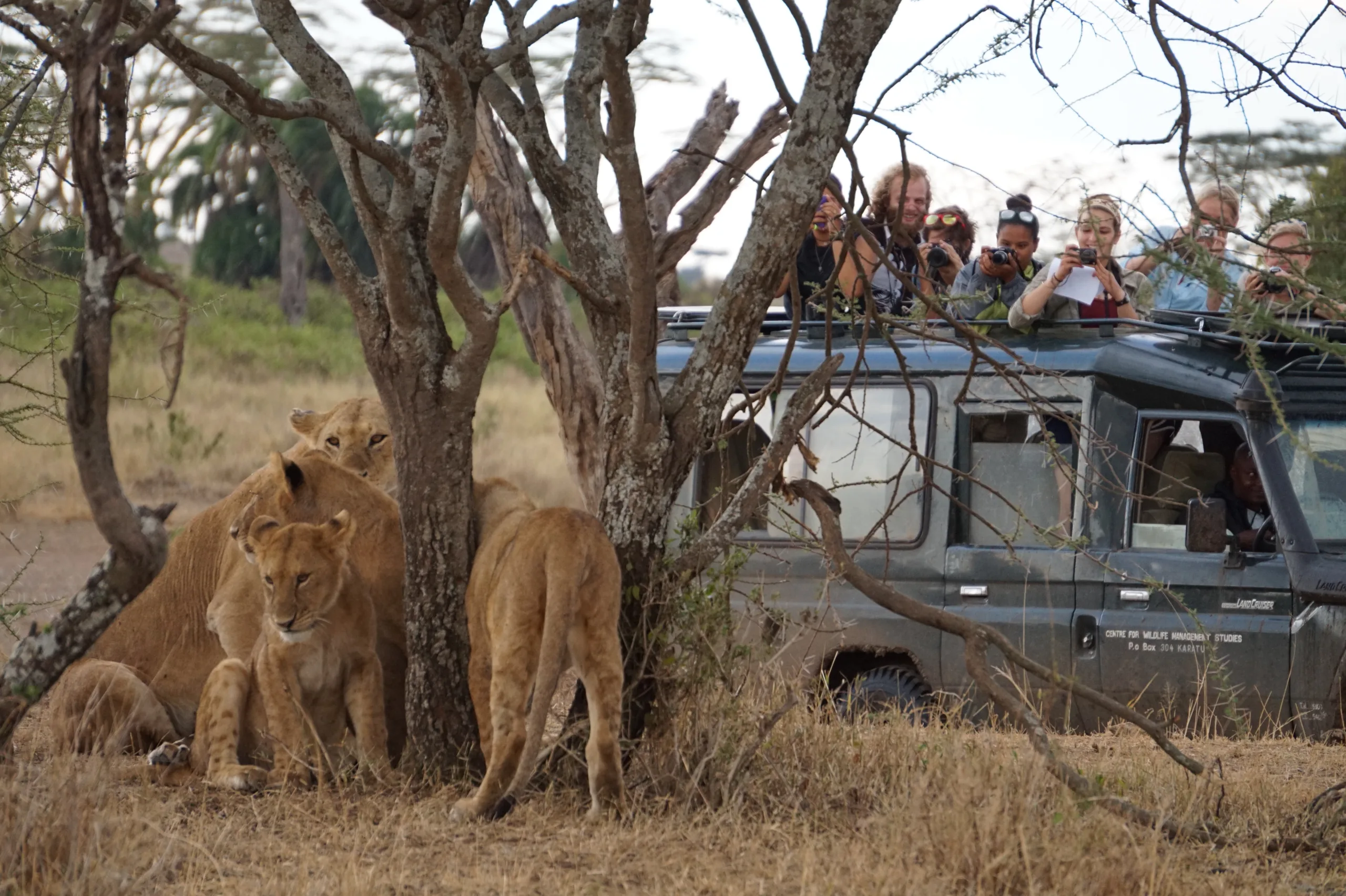
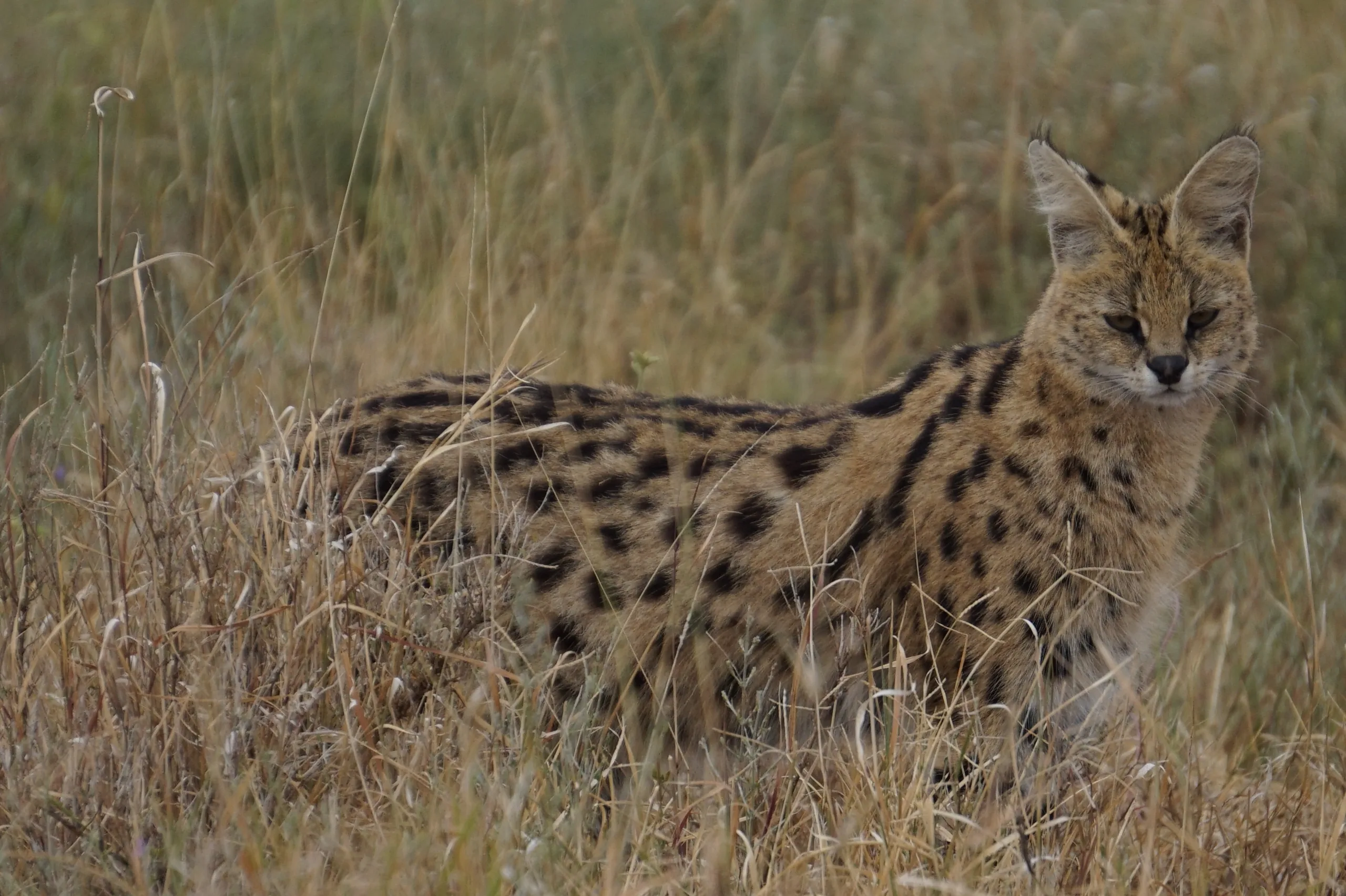
During the next days in Serengeti, students conducted exercises on carnivore species, tourist behavior, and got to know the diverse bird life of Serengeti. Besides memorable observations of antelopes, elephants, giraffes and hippos, lions, cheetahs and spotted hyenas, students also observed a female leopard and its two tiny cubs on two consecutive days. This semester we were truly blessed with special sightings of large carnivores!
After a long journey through muddy Serengeti roads, we returned to our Moyo Hill campus, and are now focusing on exams and looking forward to the next adventure: Directed Research in the Tarangire-Manyara ecosystem!

Related Posts
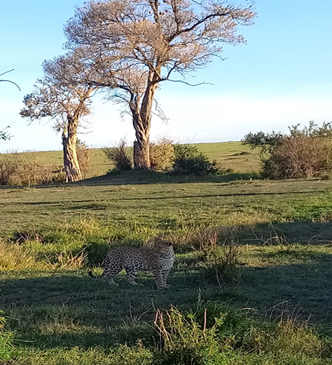
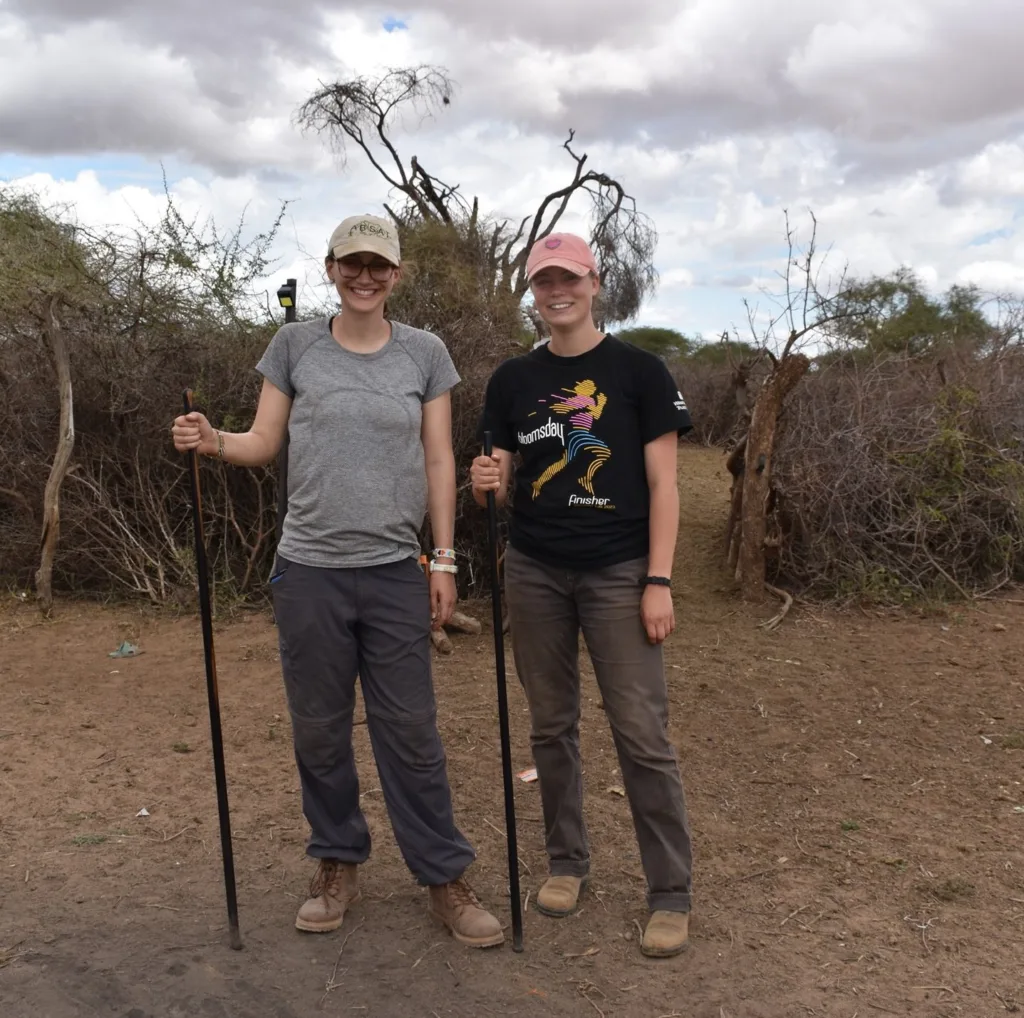
Alumni Reflections: Stories of the Return to Kenya
